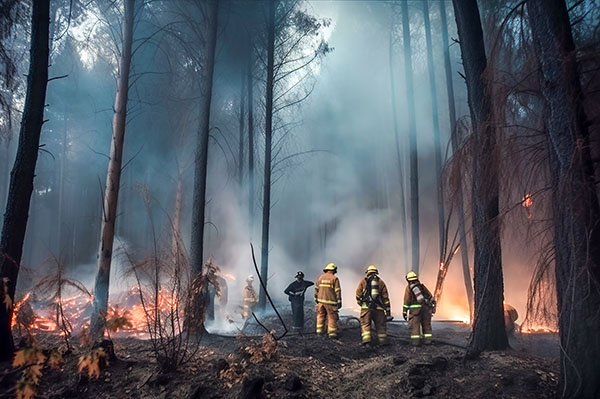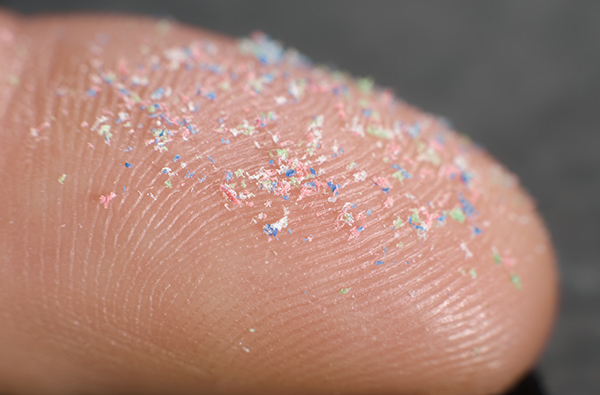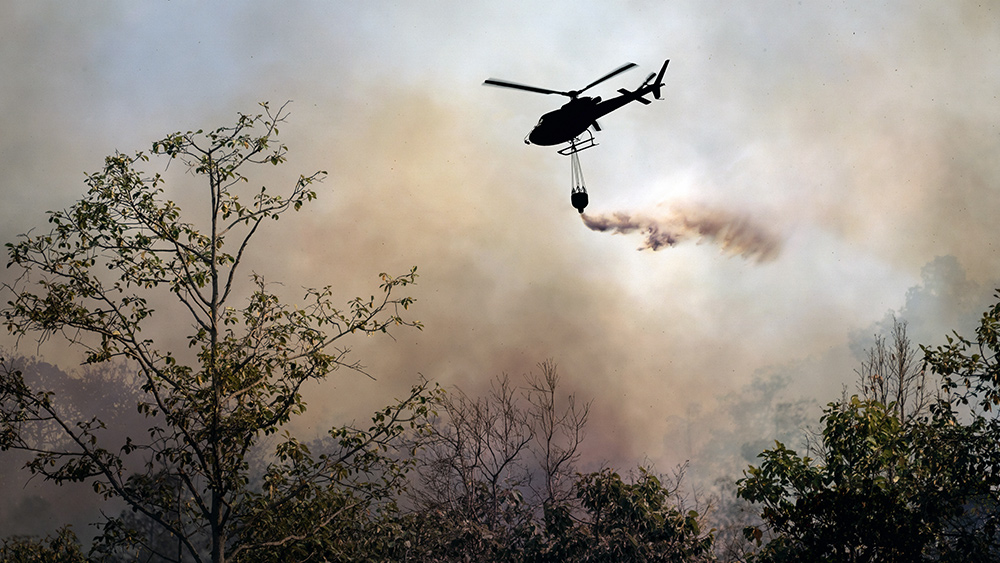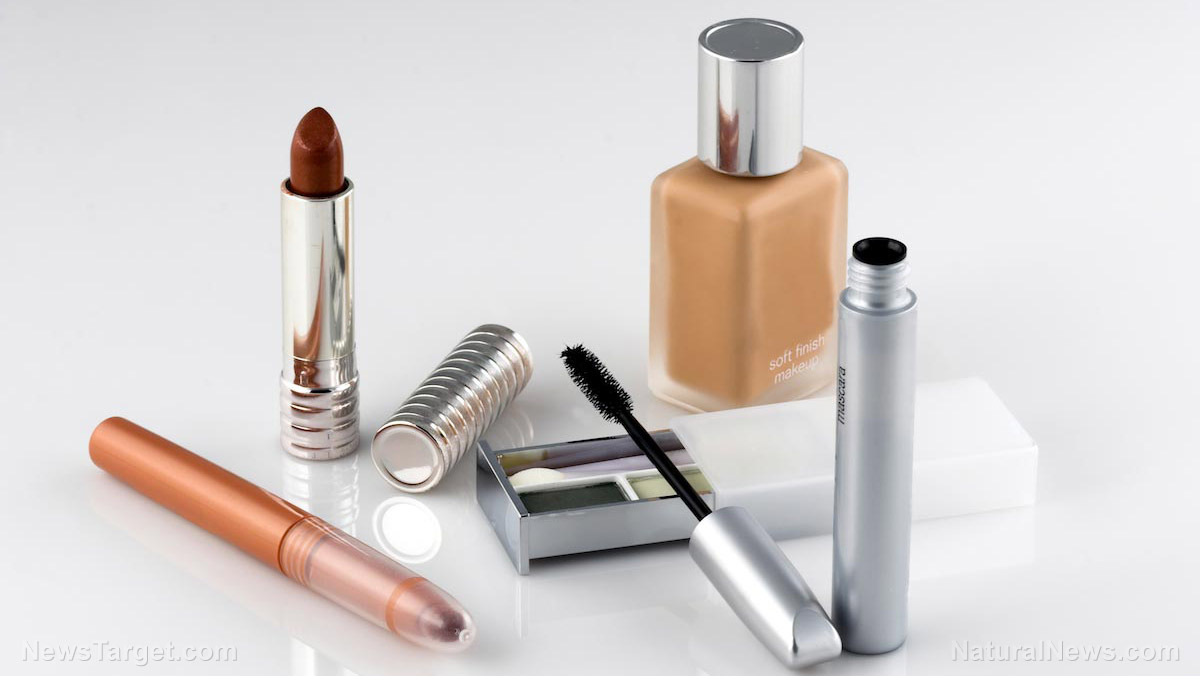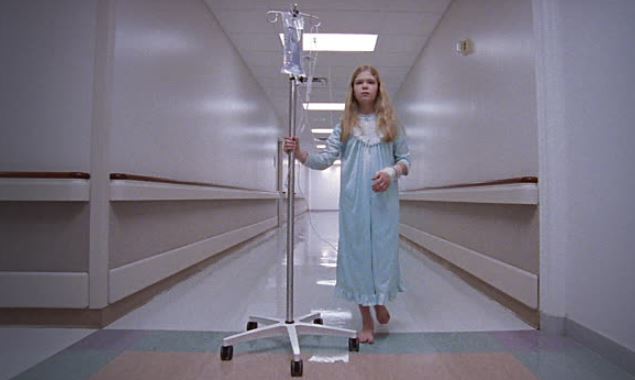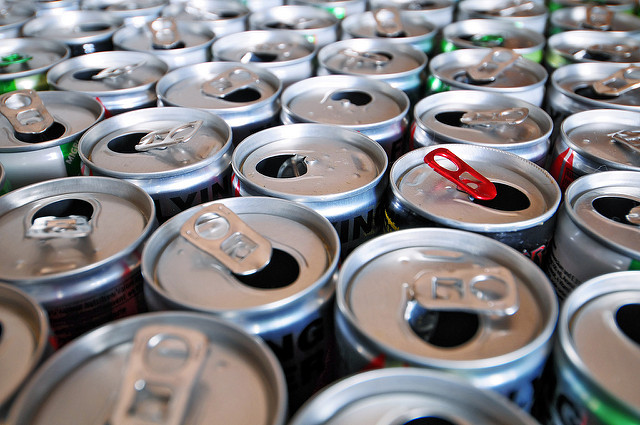Remember when the U.S. Army was caught secretly testing deadly chemical weapons near St. Louis residential neighborhoods during the Cold War?
09/20/2023 / By Ethan Huff
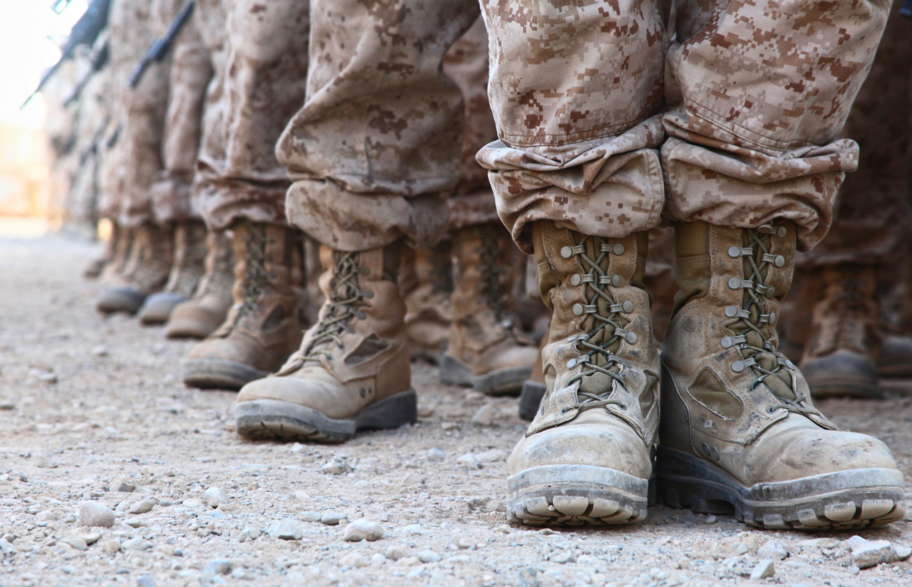
In 2012, Fox News ran a story about secret chemical weapons testing schemes being run by the United States military on U.S. soil during the Cold War that is more relevant than ever in today’s political climate.
With so much talk about the COVID biological weapon, the conflict between Russia and the West, and more recently the U.S. Army’s alleged completed mission to destroy the last remaining chemical weapons at the U.S. military arsenal at Blue Grass Army Depot in Kentucky, we thought it appropriate to give you a little history lesson about what the U.S. military was up to back during the Cold War period.
It turns out that the U.S. Army was conducting secret chemical testing in an impoverished neighborhood in St. Louis at the height of the Cold War. That testing resulted in many area residents developing cancer and other horrific illnesses that caused many of them to die.
In the mid-1950s, and again in the mid-1960s, the Army reportedly used motorized blowers atop a low-income housing high-rise building, at schools, and even from the backs of station wagon vehicles, to blast dangerous chemicals into the hazy air of predominantly black neighborhoods in and around St. Louis.
Local officials were told at the time that the government was testing a smoke screen to see if it could shield St. Louis from a potential attack by Russia. Instead, it was the U.S. military that was attacking American civilians under the guise of protecting the nation from a Russian attack.
(Related: Last year, we reported that biological warfare operations involving genetically modified [GMO] mosquitoes are currently taking place on U.S. soil.)
Did the U.S. Army mix radioactive particles with zinc cadmium sulfide when it blasted chemical weapons over St. Louis during the Cold War?
Many years later in 1994, the U.S. government tried to claim that these biological weapons tests were specifically held in St. Louis because some areas of the city allegedly resemble Russian cities that the U.S. might one day want to attack. It was also admitted at this time that the chemical blasted on St. Louis was zinc cadmium sulfide, a fine fluorescent powder.
Today, researchers say that there is even more to the story. St. Louis Community College – Meramec sociology professor Lisa Martino-Taylor says it is possible that the U.S. Army mixed the zinc cadmium sulfide spray with radioactive particles – though she says she does not have any direct proof.
Martino-Taylor did release a report, though, that was picked up by U.S. Sens. Claire McCaskill and Roy Blunt from Missouri who were so disturbed by its contents that they wrote a letter to Army Secretary John McHugh demanding answers. Thus far, they have not received a response, and the U.S. Army has declined a requested interview by The Associated Press.
Because of the types of illnesses that developed in area residents who lived near the U.S. Army’s chemical testing operations, Martino-Taylor is convinced there were nuclear components to these chemicals.
“There are strong lines of evidence that there was a radiological component to the St. Louis study,” Martino-Taylor said.
Blunt and McCaskill both agree.
“The idea that thousands of Missourians were unwillingly exposed to harmful materials in order to determine their health effects is absolutely shocking,” Blunt wrote in his letter to the U.S. military.
“Given the nature of these experiments, it’s not surprising that Missouri citizens still have questions and concerns about what exactly occurred and if there may have been any negative health effects,” wrote McCaskill in hers.
The latest news about the secret chemical weapons operations of the U.S. military can be found at Terrorism.news.
Sources for this article include:
Submit a correction >>
Tagged Under:
army, big government, bioterrorism, chemical violence, chemical weapons, Cold War, deception, domestic terrorism, medical experiments, medical extremism, nuclear, radiation, Russia, St. Louis, U.S. Army, war, weapons technology, zinc cadmium sulfide
This article may contain statements that reflect the opinion of the author
RECENT NEWS & ARTICLES
Chemicals.News is a fact-based public education website published by Chemicals News Features, LLC.
All content copyright © 2018 by Chemicals News Features, LLC.
Contact Us with Tips or Corrections
All trademarks, registered trademarks and servicemarks mentioned on this site are the property of their respective owners.




